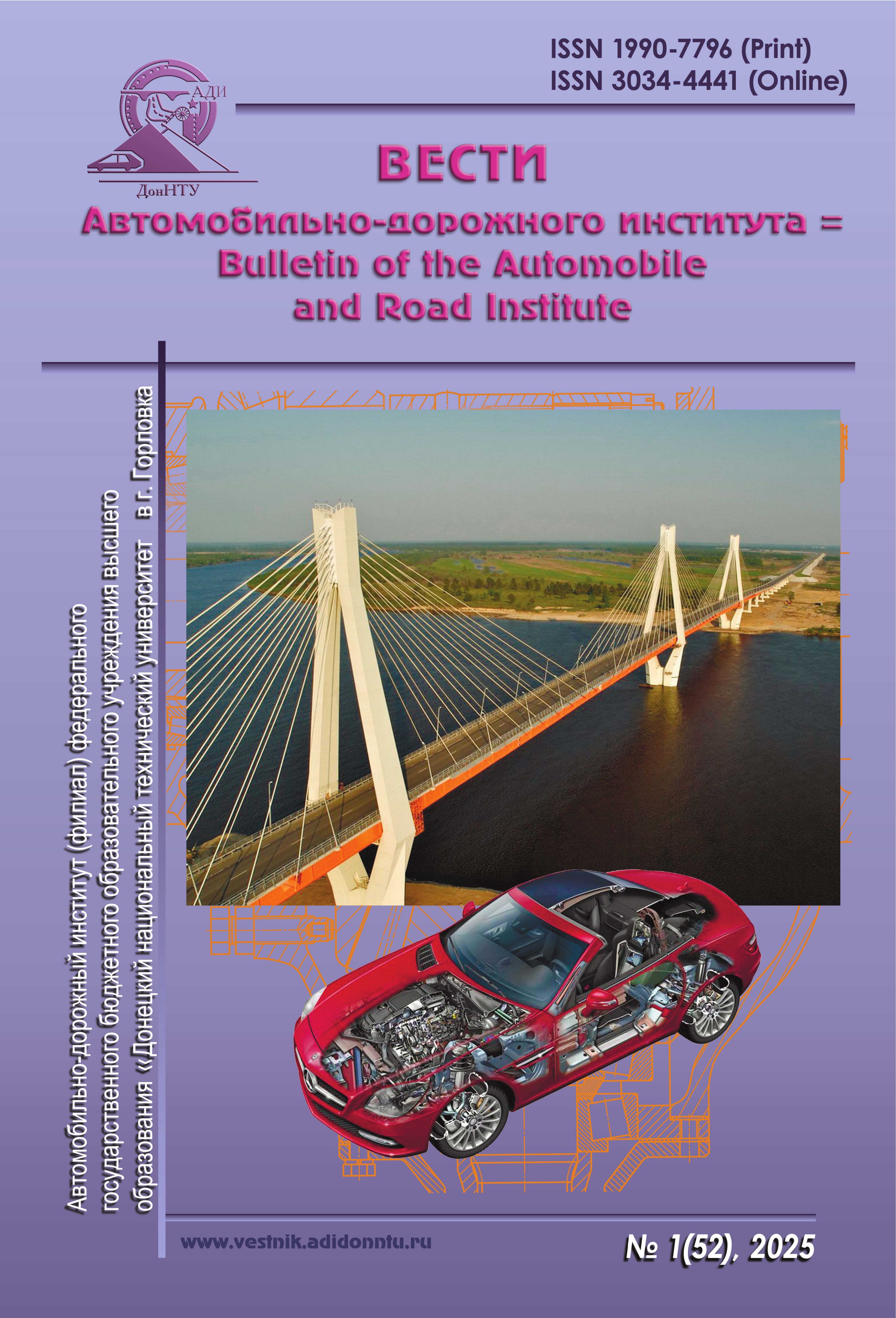Assessment of the Numerical Values of its Components
Keywords:
LIVING ENVIRONMENT, RESIDENTIAL PREMISES, LIFE SAFETY, STUDENT, STUDENT DORMITORYAbstract
Assessment of the living environment impact on the life and health of students based on the quantitative
indicators of its components is especially relevant today. It is the focus of many scientific and practical studies. At the same time, there are a number of applied questions in relation to a specific object that fall outside the scope of scientific research. In this regard, it was decided to conduct a study and assess the state of the living environment in a student dormitory located along a busy highway and its impact on the safety of students living there.
One of the research tools was a sociological survey of students, which included a number of questions to
identify the most significant factors in the internal environment of residential premises in a student dormitory that affect the safety of their life. The data from the questionnaire processing showed that such factors as low-frequency electric and magnetic fields, microclimatic conditions, lighting of living quarters, the volume of anthropogenic emissions from motor vehicles into the air near the university dormitories and their impact on the internal environment of student living rooms are significant for the respondents. Using the simplest measuring instruments and mathematical calculations, quantitative indicators of the most important components of the student living environment in the dormitory were
determined. The results obtained allowed us to assert that their numerical values in real living conditions do not
contradict the safety of students’ life and are within the permissible limits determined by regulatory documents.
References
Бортновский, В. Н. Эколого-гигиенические основы электромагнитной безопасности : учеб.-метод. пособие / В. Н. Бортновский. – Гомель : ГомГМУ, 2012. – 36 с. – ISBN 978-985-506-456-6.
СанПин Республики Беларусь № 112 от 19.07.2023. Санитарно-эпидемиологические требования к условиям проживания в жилых зданиях и помещениях : введен 2023-01-08. – Минск : Министерство здравоохранения, 2023. – 19 с.
ТКП 45-4.03-328-2019. Электробезопасность жилых помещений : введен 2019-10-02. – Минск : БелГИСС, 2019. – 37 с.
СП 2.04.02-2020. Тепловая защита жилых и общественных зданий. Энергетические показатели : строительные правила Республики Беларусь : издание официальное : утверждены и введены в действие постановлением
Министерства архитектуры и строительства от 30 ноября 2020 г. № 99 : введены впервые / разработаны РУП «Стройтехнорм». – Минск, 2020. – 33 с. – URL: https://254.by/wp-content/uploads/2023/02/sp_2_04_02_2020_teplovaya_zaschita_zhilyh_i_obchectvennyh_zdaniy.pdf (дата обращения: 03.03.2025). – Текст : электронный.
Прищепа, И. М. Безопасность жизнедеятельности человека / И. М. Прищепа, В. А. Клюев, А. Н. Дударев. – Минск : Вышэйшая школа, 2020. – 328 с. – ISBN 978-985-06-3262-3.
СН 3.02.11-2020. Административные и бытовые здания : строительные нормы Республики Беларусь : издание официальное : утверждены и введены в действие постановлением Министерства архитектуры и строительства от 13 ноября 2020 г. № 82 : введены впервые / разработаны РУП «Стройтехнорм». – Минск : Минстройархитектуры, 2021. – 21 с.
ТКП 45-3.02-324-2018. Жилые здания. Строительные нормы проектирования : издание официальное : утвержден и введен в действие приказом Министерства архитектуры и строительства Республики Беларусь от 13 апреля 2018 г. № 93 : взамен ТКП 45-3.02-230-2010 : введен 2018-07-01 / разработан РУП «Стройтехнорм». – Минск : Минстройархитектуры, 2018. – 20 с.


